Pruning Salvia: How To Cut Back Annual, Perennial, Tender And Shrubby Types
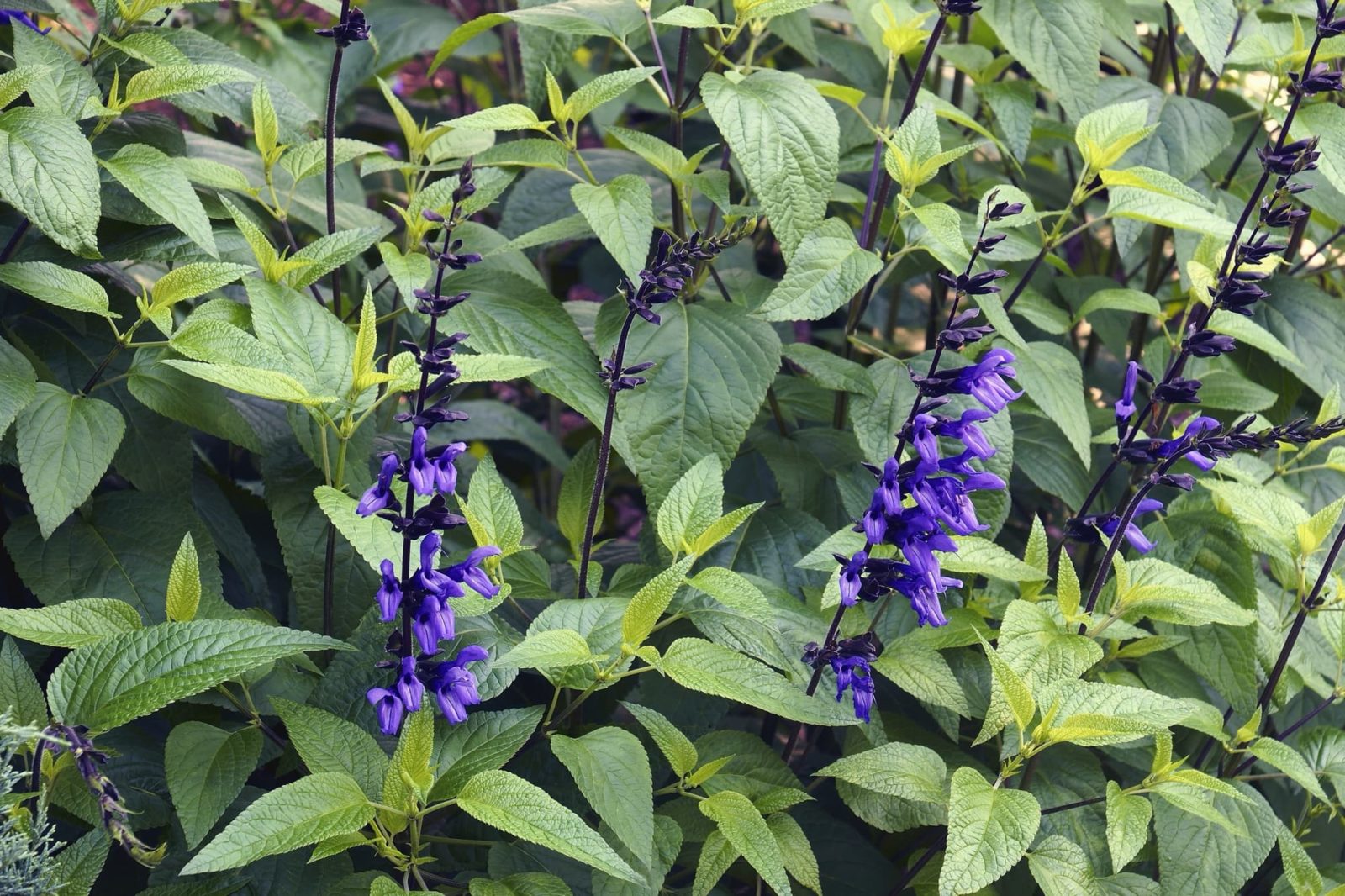

Elizabeth is a Permaculture Garden Designer, Sustainability Consultant and Professional Writer, working as an advocate for positive change. She graduated from the University of St. Andrews with an MA in English and Philosophy and obtained a Diploma in Applied Permaculture Design from the Permaculture Association.
Reviewed By COLIN SKELLY

Colin is a Horticulturist and Horticultural Consultant with experience in a range of practical and managerial roles across heritage, commercial and public horticulture. He holds the Royal Horticultural Society’s Master of Horticulture award and has a particular interest in horticultural ecology and naturalistic planting for habitat and climate resilience.
Contributions From VICKI WESTON

Owner of Weston's Salvias, Vicki has been nursing and selling plants online for 10 years from her home in West Wales, near the coast of Cardigan Bay. She offers nearly 100 salvia varieties for sale, has been featured in various online publications and has delivered talks to various clubs up and down the country.

Lyndi was one of the founding members of the Victorian Salvia Study Group when it was set up around 20 years ago, after previously being a member of the Victorian Herb Society. She now works as Coordinator for the study group - a role she has held since 2013. Previously, Lyndi also worked as a Landscape Designer.
IN THIS GUIDE
Salvias, or ornamental sages as they are sometimes known, are highly prized plants that can find a place in many British gardens.
They are generally fairly easy to care for and do not require a massive amount of upkeep.
However, it is important to make sure that you know when to prune or cut back your salvias because different salvias are treated in different ways.
Salvias come in four main types: annuals, herbaceous perennials, tender perennials and shrubby types.
The type you are growing will determine if and when they need to be pruned – read on to find out more.
| Difficulty | Easy |
| Equipment Required | Secateurs |
| When To Prune | Spring |
Do You Need To Prune Salvias?
No pruning jobs on salvias are truly essential and many salvias will continue to grow and flower just fine without any pruning or cutting back at all.
However, you can help to keep your plants looking good and performing well by undertaking a few simple jobs throughout the year.
“Whether and how you prune your salivas will depend on the size of your garden as well as the type of Salvia,” shares Master Horticulturist Colin Skelly.
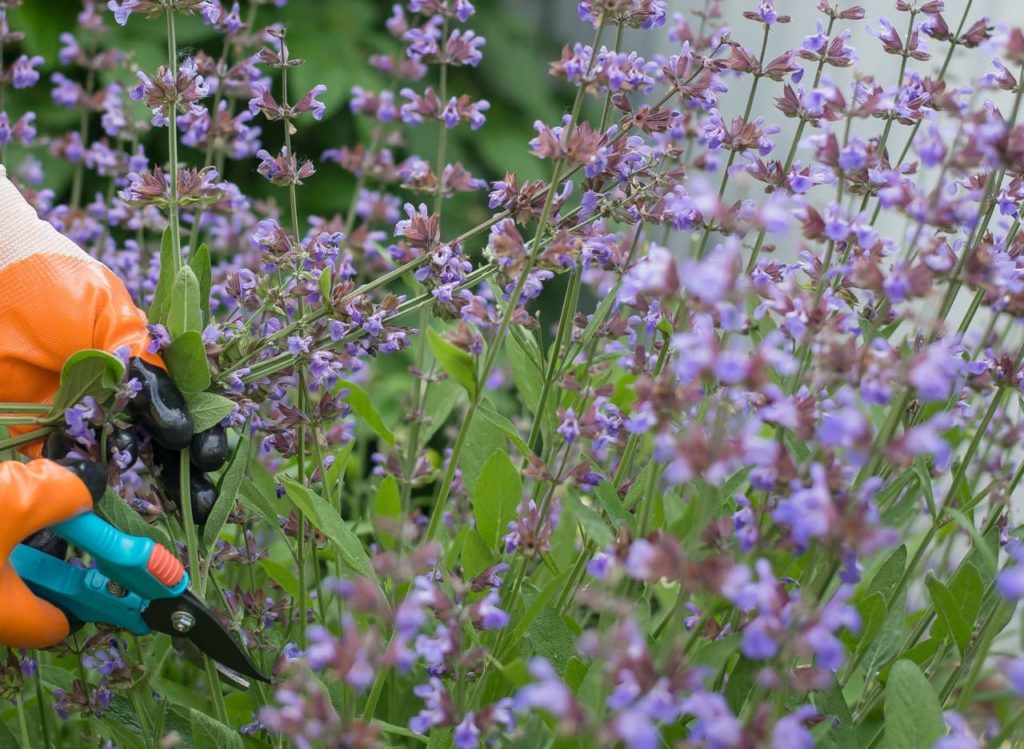
“If you have a small garden, the time taken to make your Salvia look its best will be well spent but if you have acres instead of a few square metres then necessity will probably dictate a less exacting approach.”
As well as pruning shrubby types, there is also deadheading and cutting back that you might do, depending on which salvia or salvias you are growing.
I will explore the best strategies when it comes to these jobs for different types of salvia in a little more depth below.
When To Prune Salvia
The best time to prune or cut back most salvias is in the spring.
While some gardeners will prefer to cut back and prune in the autumn, there are a number of reasons why, for different types of salvia and for the wildlife that shares your space, this is not the best idea.
“Don’t cut them back in autumn!” warns Vicki Weston, Owner of Westons Salvias.
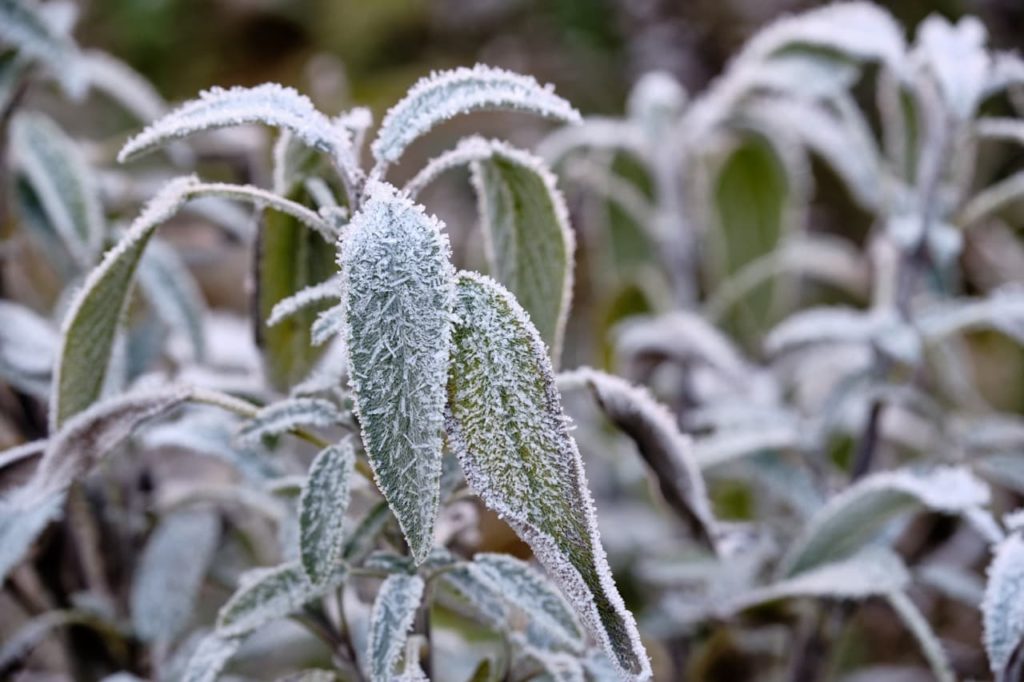
“Although the plants will look a bit bare in the deepest parts of winter, wait until you can see green shoots at the very base of the plant, then you can tidy back and deadhead to a neat shape.
“You’ll have to be patient with some but they will all shoot.”
Spring is a good time to prune or cut back salvias because you should keep dead stems in place for wildlife during the autumn.
You should prune to space for new growth, which will let light into the lower portions of the plant when it is needed.
Pruning Annual Types
Annual salvias do not really need to be pruned because this type, which includes S. splendens, S. farinacea, and S. horminum, is used for summer bedding and is then simply discarded at the end of the growing season.

However, like other salvias, these types can be given a trim before they are planted out into a garden.
This trim just before planting out will encourage the plants to bush out and take on a lusher and more filled-out form.
Pruning Herbaceous Perennial Types
Herbaceous perennial salvias that are hardy enough to remain outdoors year-round will, unlike annual types, come back each year.
S. nemorosa and S. x sylvestris are examples of salvias of this type.
Like annuals, these can be trimmed back before planting, as can the other salvias on this list too.
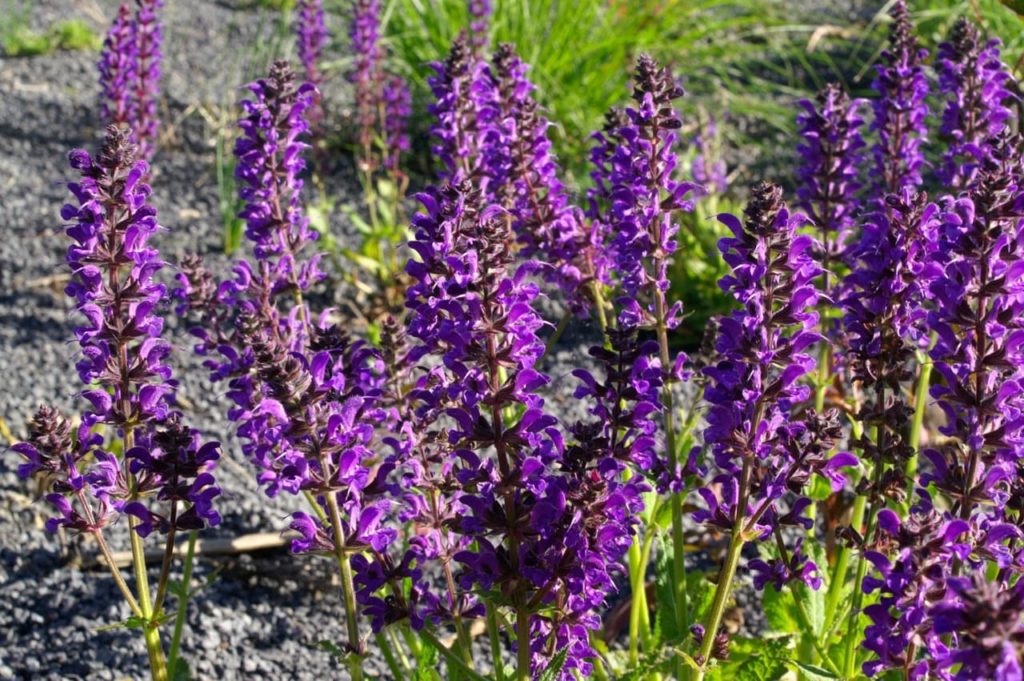
Deadheading perennial types can help to prolong the flowering period.
However, the main pruning job is cutting back the old stems.
Some gardeners choose to do this in autumn, but it is best to wait until the spring because the perennial stems and old foliage that remain over the winter months are great for the wildlife in your garden.
“After pruning herbaceous types, keep the crown mulched to keep the plant warm during cold winters,” says Lyndi Garnett from the Victorian Salvia Study Group.
Pruning Tender Salvias
Tender salvias like S. greggii are also perennial and can come back year after year, but, in all but the mildest and most sheltered of gardens, they will need some winter protection.
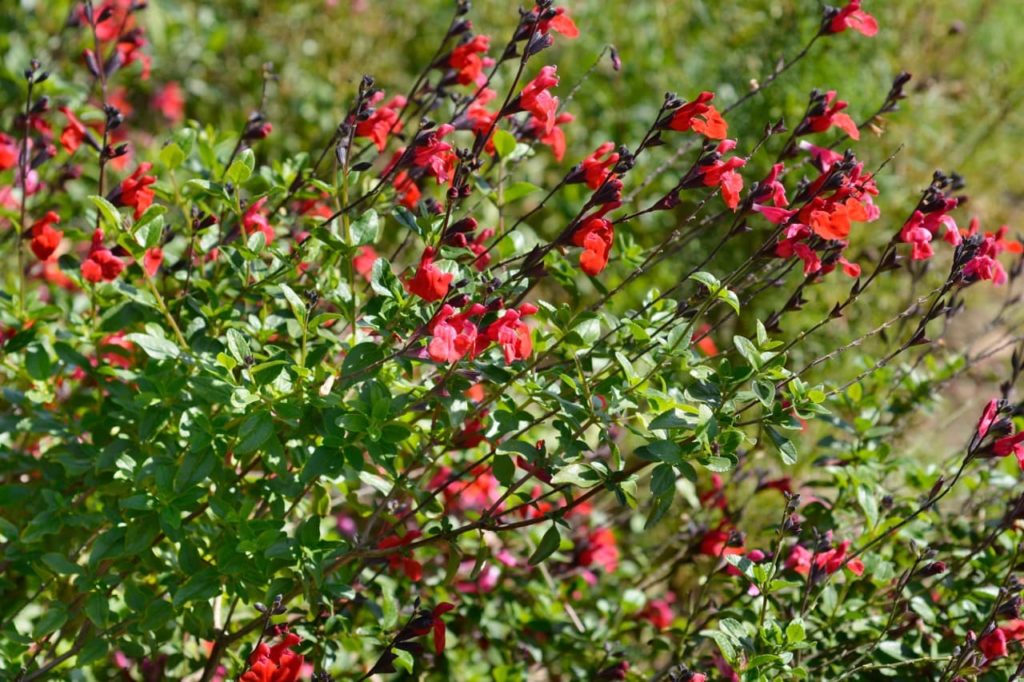
“Deadhead all perennial types regularly to keep the flower coming,” says Vicky.
These types are also best pruned in the spring, not only for the sake of the wildlife but also to add a protective cover of the old stems and any old foliage that does not naturally die back entirely in place.
Pruning Shrubby Varieties
Last but not least are the shrubby salvia – technically sub-shrubs.
Unlike the other types of salvia discussed above, these do have a permanent woody framework of stems or branches.
Some are evergreen while others are not quite so hardy and will require winter protection.
Spring is the best time to undertake the main annual maintenance prune of these small shrubby plants.
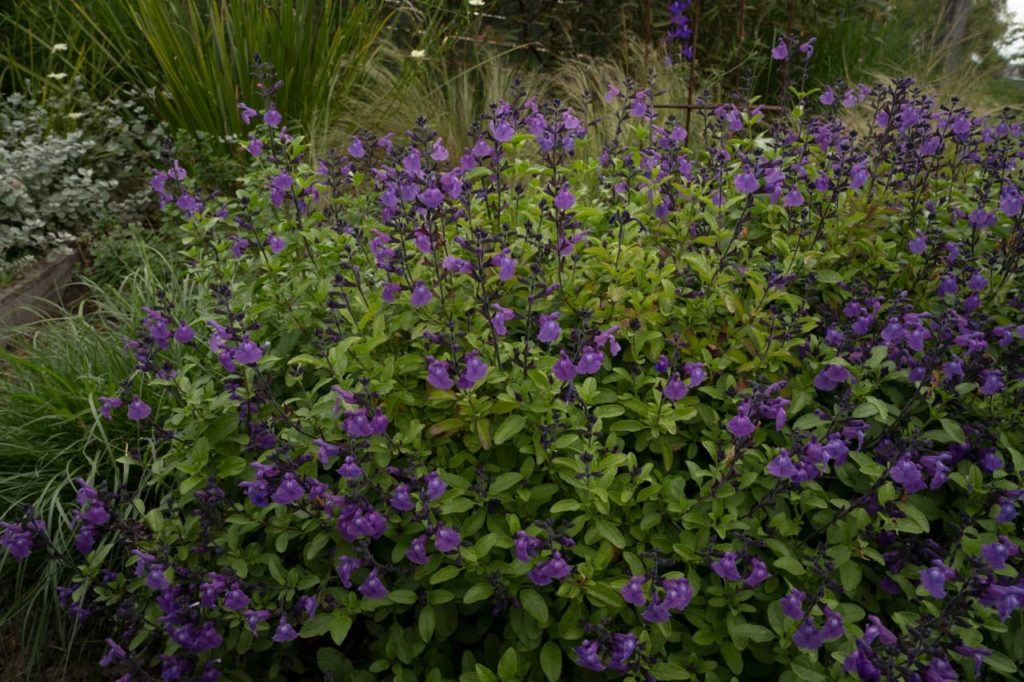
Pruning shrubby salvias is akin to pruning another small sub-shrub like lavender.
Pruning can help prevent the plants from becoming woodier, leggier and less floriferous over time.
In the spring, take a look over the plant and remove any dead, damaged or diseased stems or branches.
Next, it is typically a good idea to cut back the whole plant by around a third, cutting back to growth points where new shoots emerge.
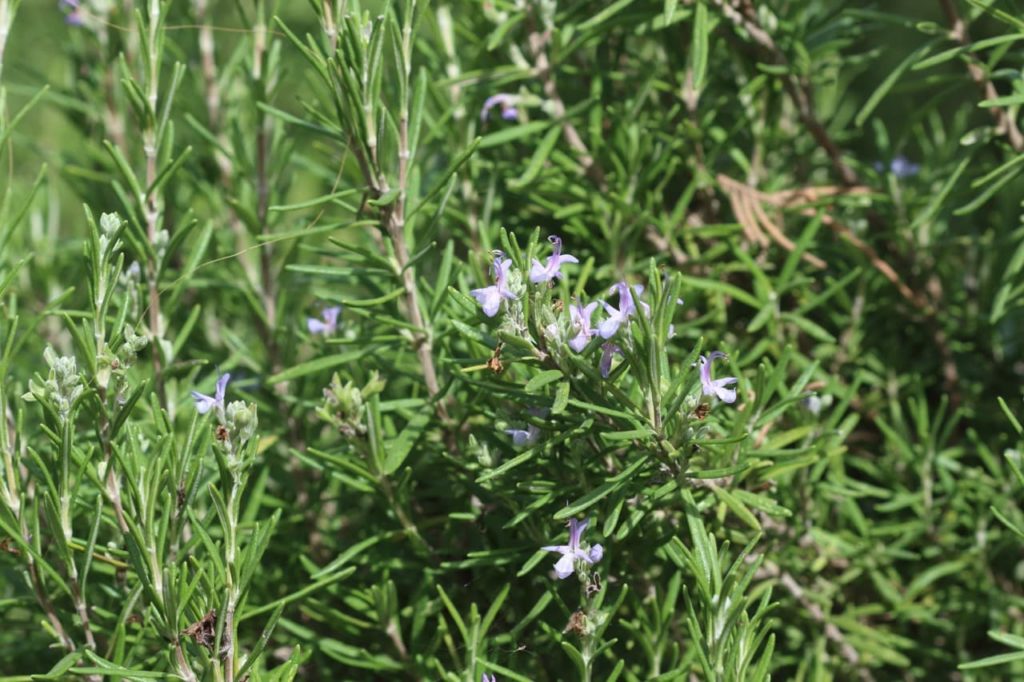
“For small shrubby plants, cut down to a good green bud but not to ground, as your plants might go into shock,” says Lyndi.
“For taller, woodier salvias, you can cut back to 2-3 nodes to encourage new growth, mulching well afterwards to keep the root and crown warm in cold areas.”
If you are the type of person who prefers a very neat and tidy garden, you might also want to cut back the dead, twiggy flower stems on these salvias once flowering is done.
However, as with many cutting back or pruning jobs, this is purely cosmetic and not really something that you need to do.
